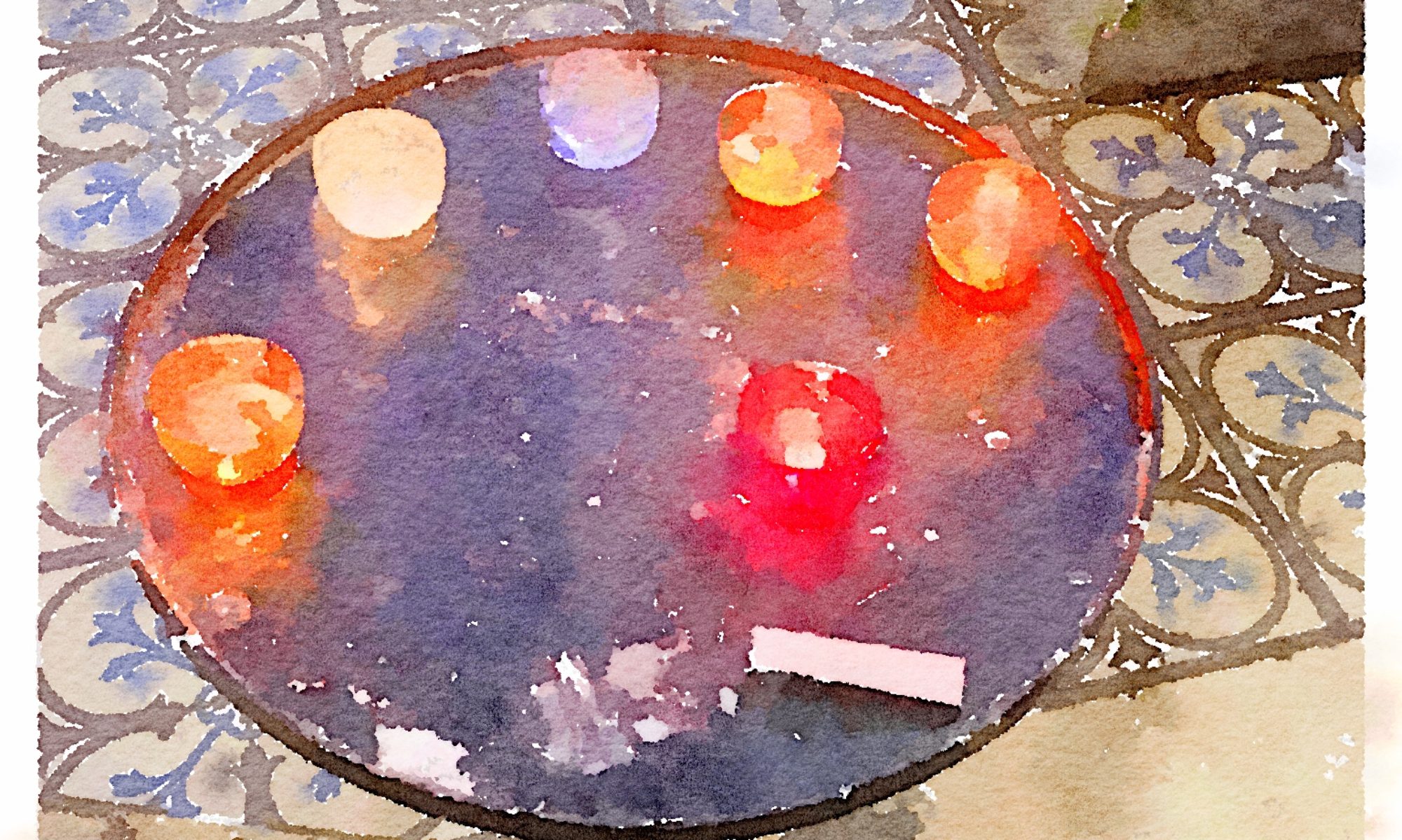@bonnybrooke6167
Profile
Registered: 3 years, 2 months ago
Agile retrospective: What it is and how it works
As more companies opt for flexibility of their project management, they turn to agile methods.
Keeping an agile project on track requires a whole lot of communication between workforce members, clients and stakeholders. This makes the agile retrospective one of the vital important parts of agile project management.
This follow of reflecting on previous work earlier than moving on to the following is even catching on in companies that aren’t absolutely on board with all things agile. 81% of surveyed businesses use retrospectives often of their projects. Maybe you're one of them.
In the event you’ve by no means run a retrospective before, it might seem intimidating — however it doesn’t have it be. We’ll show you what they are and how one can easily get started utilizing them with your team.
This process brings an agile workforce together on the end of each sprint to debate their progress with continuous improvement as the goal. It’s collaborative, inviting all members of the group to share each their successes and shortcomings during the sprint. Once everybody’s shared, the agile team decides collectively what your subsequent steps should be.
The place do retrospectives fit into the Agile methodology?
Retrospectives are the final step in the agile methodology — but what is agile, anyway?
Agile project management breaks down projects into smaller segments, each with its own deliverable. These segments are called iterations (or sprints in scrum). Each lasts for a short amount of time — usually one to two weeks — with the goal of making something useful that can be despatched out to customers and stakeholders for feedback.
At the finish of each iteration, your staff will come together for an agile retrospective to both replicate on the previous one and plan the next.
The Agile lifecycle
The agile life cycle is designed to keep your project progressing by means of each iteration with defined steps.
What these specific steps are will depend on which agile framework you’re using. Are you using Scrum, Kanban, Scrumban, or something else?
But there are some comparableities. Each agile life cycle will comply with the same flow, though the names and details of every step will change from framework to framework.
Project planning — this is your opportunity to define your goal, select your group, and start thinking about broad scoping guidelines. Remember, though, the agile methodology is versatile and iterative.
Product roadmap creation — Subsequent, you’ll break down your remaining product into several smaller ones that will fill up your backlog and serve as the deliverables for each iteration.
Launch planning — Once you’ve filled your backlog with features and smaller products, you’ll organize them and assign every one a release date.
Dash planning — For each function, you’ll spend a while dash planning to ensure everyone knows what the group’s goal is for the dash and what each person is accountable for.
Each day conferences — Throughout each sprint, you’ll hold short, each day briefings for each particular person to share their progress.
Agile retrospective — After every iteration, your team will come collectively to evaluation the works they’ve done. You’ll discover that retrospectives are an essential part of every project, giving you the opportunity to hone your processes and deliver successful, working options after every sprint.
What is the Agile retrospective format?
You’ll observe a clear agile retrospective format to make certain everybody walks out of the room understanding what they accomplished over the past iteration and what they’ll be working on in the next one.
While folks have developed several formats for retrospectives, one of the crucial popular is the 5-step retrospectives:
1. Set the stage
Start by establishing the purpose for the meeting. What do you wish to accomplish in your retrospective and what do you hope to achieve from having the discussion? Setting the stage is the meeting’s "ice breaker." It ought to get everyone involved and ready to collaborate.
2. Gather data
This is your workforce’s chance to share what went well and what went wrong. You can have everybody share audibly with a moderator (often the Scrum Master) writing everything down or give your group a few minutes of silence to write down their experiences individually.
3. Generate insights
If the previous step was about asking what happened, producing insights is about asking why they happened. You should look for patterns within the responses, then dig under the surface result for every item’s root cause.
4. Decide what to do
Take your insights and determine collectively what you’re going to do with them. Enable your group to find out what’s most necessary for their work going into your subsequent iteration. Create new processes that replicate the last dash’s wins and stop the same problems from popping back up.
5. Close the retrospective
Take the previous couple of minutes to recap your discoveries and action-steps. Make sure everyone knows which actions they’re responsible for before sending everyone on their way. Show your gratitude for each individual in your staff and thank them for their dedication to continual improvement all through the agile project.
If you loved this article and also you would like to receive more info regarding Retrospective Tool i implore you to visit our own web site.
Website: https://www.trune.io/
Forums
Topics Started: 0
Replies Created: 0
Forum Role: Participant
